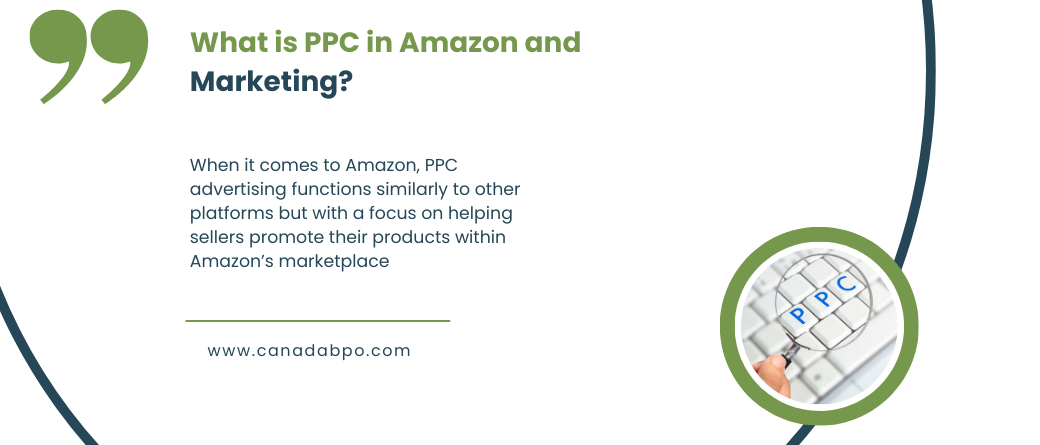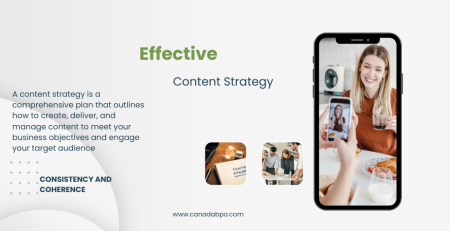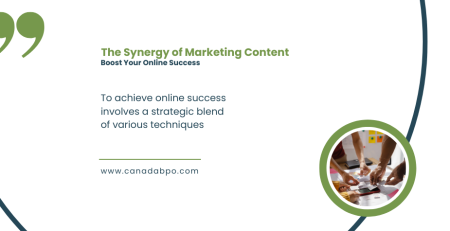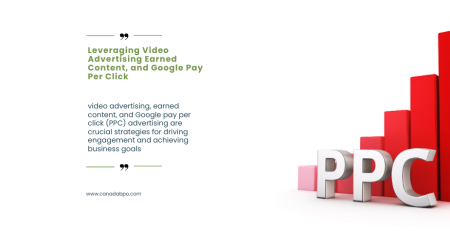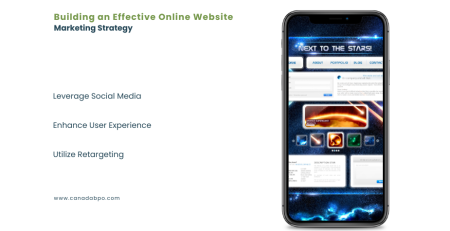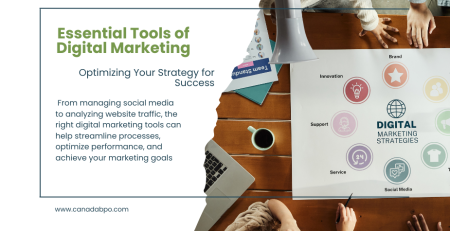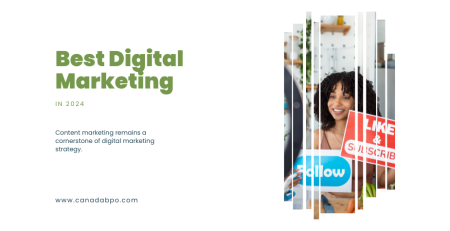In today’s digital marketplace, PPC (Pay-Per-Click) advertising is a crucial tool for businesses looking to boost their visibility and drive conversions. From eCommerce giants like Amazon to broader digital marketing campaigns, PPC provides a targeted and cost-effective way to reach potential customers. In this blog, we will explain what PPC is in Amazon and what PPC means in marketing, offering a clear understanding of how this advertising model works and how it can benefit your business.
What is PPC in Marketing?
PPC, or Pay-Per-Click, is a digital advertising model where advertisers pay a fee each time someone clicks on their ad. Unlike traditional advertising where you pay upfront regardless of results, PPC allows businesses to pay only when their ads are effective in driving traffic.
PPC ads appear across a range of platforms:
- Search engines (like Google and Bing): Ads appear at the top of search results based on specific keywords.
- Social media platforms (like Facebook, Instagram, and LinkedIn): Ads are targeted based on user behavior, demographics, and interests.
- Display networks: Banner ads displayed on websites that are part of an advertising network.
In PPC marketing, advertisers bid on keywords or audience segments that align with their products or services. The platform determines which ads to display based on factors such as the bid amount and the ad’s relevance or quality score.
Benefits of PPC in Marketing:
- Instant Traffic: PPC delivers immediate visibility by placing your ad in front of potential customers right away, especially for competitive keywords.
- Highly Targeted: You can target specific users based on factors such as search intent, location, device, and demographics.
- Measurable Results: Every click, impression, and conversion is tracked, making it easy to measure ROI and optimize campaigns.
- Cost-Effective: Since you only pay when someone clicks on your ad, PPC can be more cost-effective than other advertising models.
What is PPC in Amazon?
When it comes to Amazon, PPC advertising functions similarly to other platforms but with a focus on helping sellers promote their products within Amazon’s marketplace. In Amazon PPC, sellers bid on keywords that are relevant to their product listings. When a user searches for those keywords, Amazon displays sponsored ads (usually at the top of the search results or product pages), and the advertiser is charged whenever a shopper clicks on the ad.
Types of Amazon PPC Ads:
- Sponsored Products: These are keyword-based ads that promote individual product listings. When shoppers search for a specific product or keyword, sponsored products appear at the top of search results, helping increase visibility for your product.
- Sponsored Brands: These ads showcase a brand logo, headline, and multiple products in one ad unit. They usually appear at the top of the Amazon search results and help businesses promote brand awareness.
- Sponsored Display: These ads target shoppers both on and off Amazon. They appear on product detail pages and third-party websites to retarget users who have shown interest in similar products.
Why is PPC Important on Amazon?
Amazon is one of the most competitive marketplaces, with millions of products available for sale. For businesses to stand out and gain traction, PPC ads are essential. Here’s why PPC is critical for success on Amazon:
- Boost Visibility: With Amazon PPC, you can place your product in front of users actively searching for items in your category, increasing visibility and sales potential.
- Control Over Budget: Amazon allows sellers to set daily and campaign budgets, giving businesses flexibility in managing costs.
- Data-Driven Decisions: Amazon PPC campaigns provide detailed insights, allowing you to optimize your ads based on performance data such as clicks, conversions, and sales.
- Increase Organic Rankings: When a product gains clicks and sales through paid ads, it can improve the product’s organic ranking in search results, leading to more organic traffic and sales in the long run.
Key Differences Between PPC in Amazon and Traditional Marketing
- Platform-Specific Keywords: In Amazon PPC, the focus is on keywords shoppers are likely to use when searching for products on the platform, whereas in general PPC, keywords can be broader and include non-shopping-related searches.
- Intent: People on Amazon are generally closer to making a purchase, so PPC ads on Amazon target users with a high intent to buy, whereas traditional PPC often targets users in earlier stages of the buying journey.
- Ad Format: In Amazon, PPC ads are product-focused, designed to lead directly to product listings. In broader PPC marketing, ads may direct users to websites, landing pages, or content that nurtures leads.
What is a Good CPC for PPC on Amazon?
Cost-Per-Click (CPC) is a key metric in Amazon PPC, just as it is in broader digital marketing. A good CPC on Amazon will vary depending on your product category and competition. However, here are some general guidelines to help you determine if your CPC is within an acceptable range:
- Category Benchmarks: Some categories have higher CPCs due to competitive keywords. For example, electronics and health & beauty products often have higher CPCs compared to less competitive niches.
- Conversion Rates: A good CPC aligns with your product’s conversion rate. If you’re paying $1 per click and converting 1 in 10 clicks into a sale with a profit margin of $15, you’re likely in a good range. However, if the clicks don’t convert into sales, your CPC may be too high for your product’s profitability.
- ACoS (Advertising Cost of Sales): Amazon’s ACoS metric measures the effectiveness of your ad spend by comparing it to sales revenue. A lower ACoS means you’re spending less on ads relative to the sales you’re generating. A good CPC helps to keep your ACoS within a profitable range.
Tips for Running a Successful PPC Campaign (Amazon and Beyond)
- Keyword Research: Use tools like Amazon’s auto-suggest and third-party software to identify high-volume, low-competition keywords that match your product’s intent. For general PPC, platforms like Google Keyword Planner and SEMrush are invaluable.
- Optimize Product Listings or Landing Pages: Whether it’s Amazon or traditional PPC, your product listings or landing pages should be optimized for conversions. Clear product descriptions, compelling headlines, and high-quality images improve your chances of converting clicks into sales.
- Monitor and Adjust Bids: Don’t set your bids and forget them. Monitor campaign performance regularly, adjusting bids based on keyword effectiveness and ad placement.
- A/B Test Ad Copy: Constantly test different ad variations to see what resonates with your audience. Small changes in wording, headlines, or images can lead to significant performance improvements.
- Analyze Competitor Strategies: Keep an eye on what competitors are doing in both Amazon PPC and traditional PPC spaces. Understanding their tactics can help you refine your own approach.
PPC in marketing and PPC on Amazon are both powerful tools to increase visibility, drive targeted traffic, and improve sales. While the principles of PPC remain the same—paying for clicks to attract potential customers—each platform has its own nuances and best practices. Whether you’re using PPC to boost your product rankings on Amazon or to drive traffic to your website through Google Ads, the key to success lies in optimizing your campaigns for relevance, targeting, and cost-effectiveness.
At Canada BPO Services, we specialize in crafting PPC strategies that deliver measurable results, both on Amazon and across digital marketing platforms. Contact us today to learn how we can help you create winning PPC campaigns!
